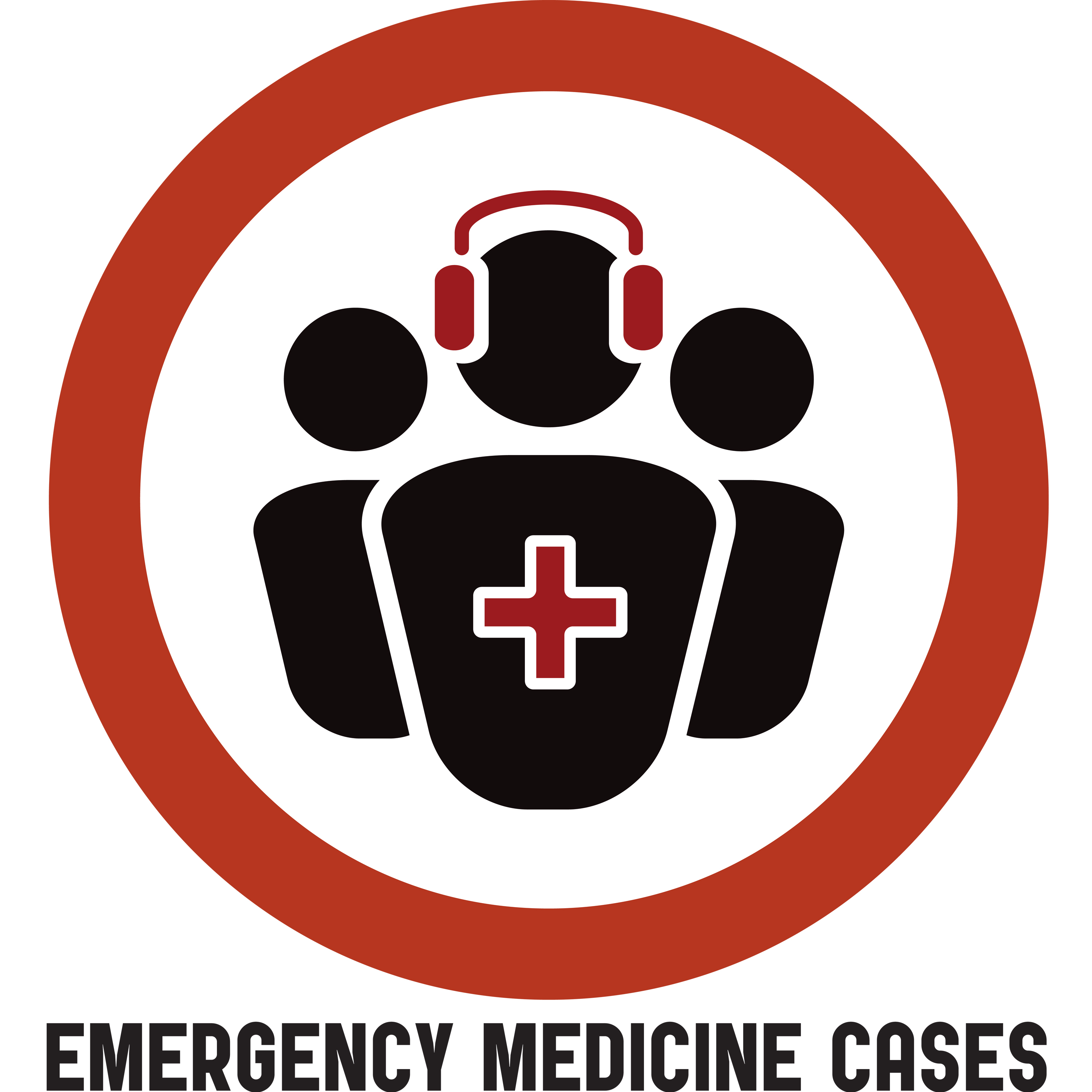Ep 198 Understanding and Improving Culture in Emergency Medicine: Key Insights
Description
There is a culture problem in medicine. 70% of us are disengaged, more than 50% contribute nothing to our departments and more than 15% actively work against a healthy culture in our departments. What makes an Emergency Department run like a well-oiled machine with staff that find meaning in their work and who are grateful for serving the public? There are individual skills; there are team skills; there is the admin, and then there is the oh-so-important culture which permeates all of these and can make them great or can drive them into the ground. The culture of an ED can make it or break it. In this EM Cases podcast Anton chats with Dr. Peter Brindley and Dr. Leon Byker who have a deep interest in the Culture of Medicine to explore what culture in medicine is, why culture is so important, and then drive home 10 strategies to improving the culture in our departments emphasizing the importance of human connection, empathy, open communication, and a willingness to learn from mistakes in creating a positive and fulfilling work environment, so that we love our work, we love our department, we love taking care of our patients and our patients have better outcomes...
Podcast production, sound design & editing by Anton Helman
Written Summary and blog post by Anton Helman October, 2024
Cite this podcast as: Helman, A. Byker, L. Brindley, P. Episode 198 Understanding and Improving Culture in Emergency Medicine: Key Insights. Emergency Medicine Cases. October, 2024. https://emergencymedicinecases.com/improving-culture-emergency-medicine. Accessed October 29, 2024
Résumés EM CasesWhat is culture in medicine?
Culture in medicine integrates values, beliefs, behaviors, and interpersonal dynamics. Gert Hofstede’s framework outlines five key indices to evaluate cultural health in organizations: power distance, individualism vs. collectivism, assertiveness, uncertainty avoidance, and long vs. short-term orientation. Understanding where your department stands on these scales can illuminate pathways for cultural improvement.
Hofstede’s 5 Dimensions of Culture
* Power differential – the degree of inequality that exists and is accepted between people with and without power
* Individualism vs collectivism – the strength of the ties that people have to others within their community
* High IVD – high value placed on people’s time and need for privacy and freedom, an enjoyment of challenges, and expectation of individual rewards for hard work – in these communities should encourage debate and expression of people’s ideas and don’t mix work life with social life too much
* Low IVD – emphasis on building skills and becoming a master of something, people work for intrinsic rewards, maintaining harmony among group members is important, wisdom is important, avoid giving negative feedback in public
* Uncertainty avoidance index – how well people can cope with anxiety
* Long vs short-term orientation
* Indulgence vs restraint
Why culture in medicine matters
The culture of an ED shapes every aspect of its operation, from teamwork to patient care. It is critical for fostering a supportive environment that allows medical professionals to thrive. Culture is often intensified in high-pressure situations typical of Emergency Medicine, making it imperative to assess and enhance cultural dynamics actively.
It can be a challenge to foster teamwork in a culture that often prioritizes individualism and status.
More Episodes
In this EM Cases main episode podcast, we tackle the complexities of trauma airway management, including direct trauma to the airway. We discuss indications and timing of intubation, penetrating neck trauma, the head injured patient, the agitated patients and the soiled airway. The critical...
Published 11/12/24
Published 11/12/24
Topics in this EM Quick Hits podcast
Kevin Wasko on post-tonsillectomy hemorrhage management (1:06)
Brit Long on assessment and management of post-CABG surgical incision infections (15:40)
Anand Swaminathan on evidence, pitfalls and tips on using Bougies (23:07)
Leah Flannigan on when to...
Published 10/22/24


